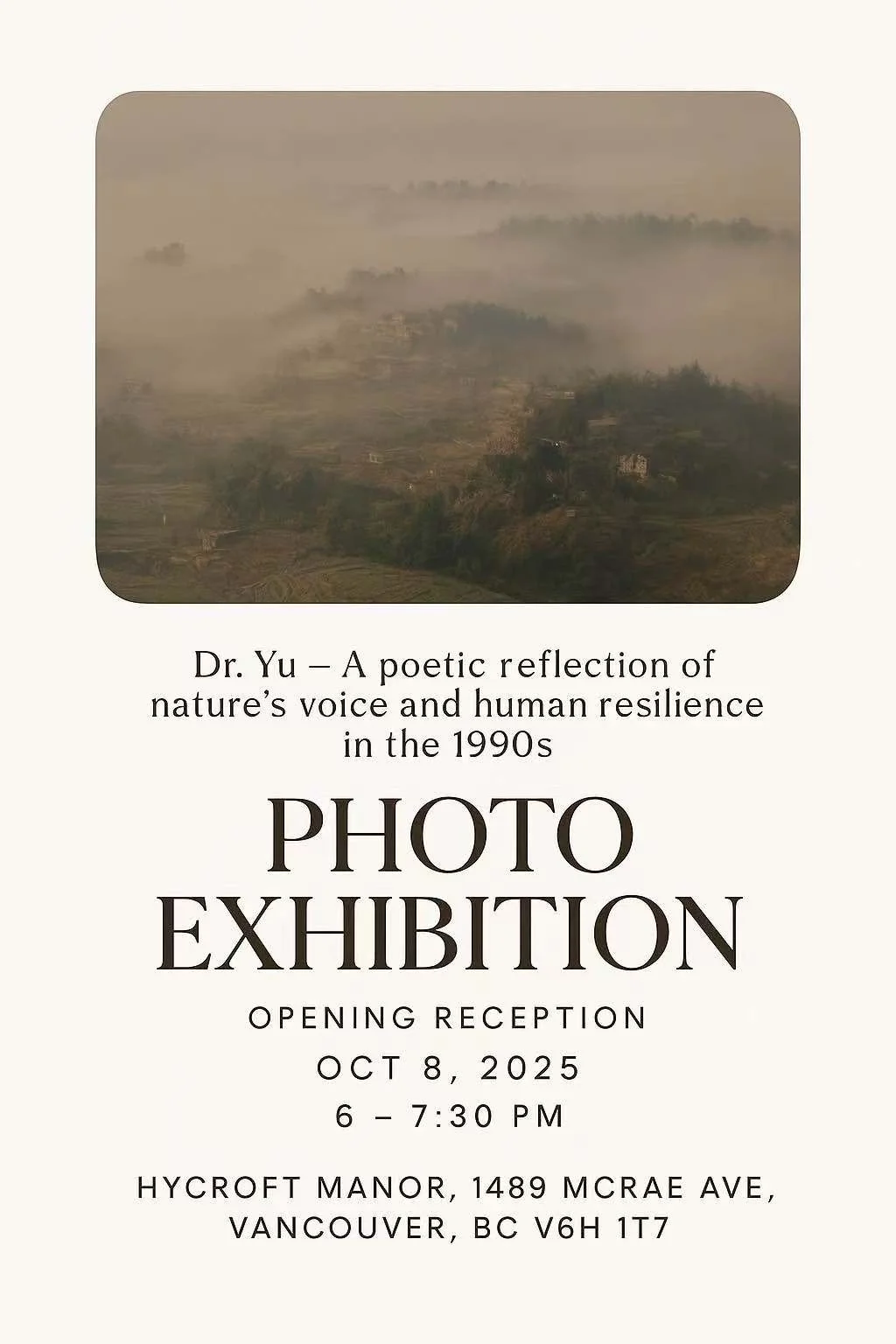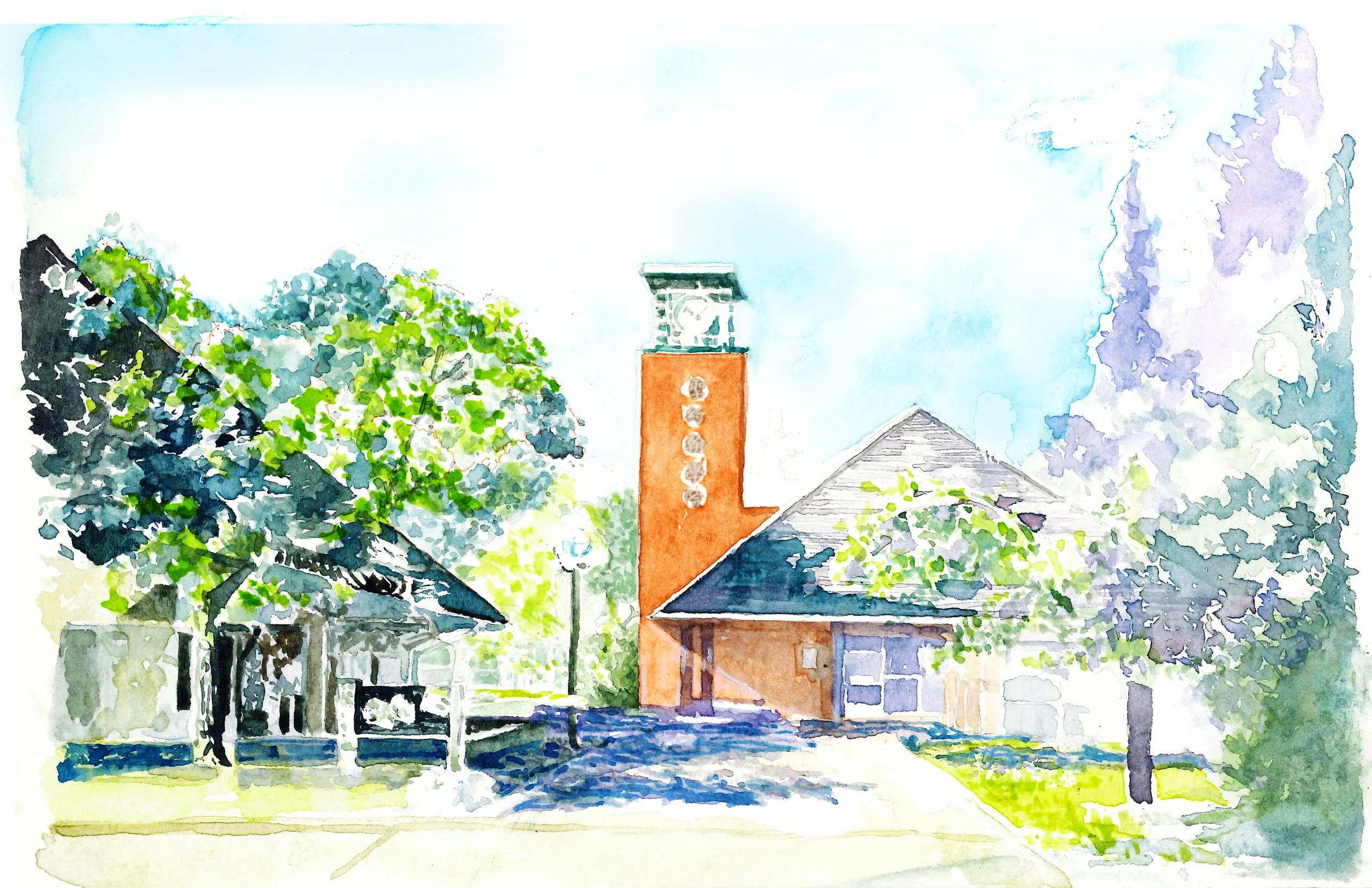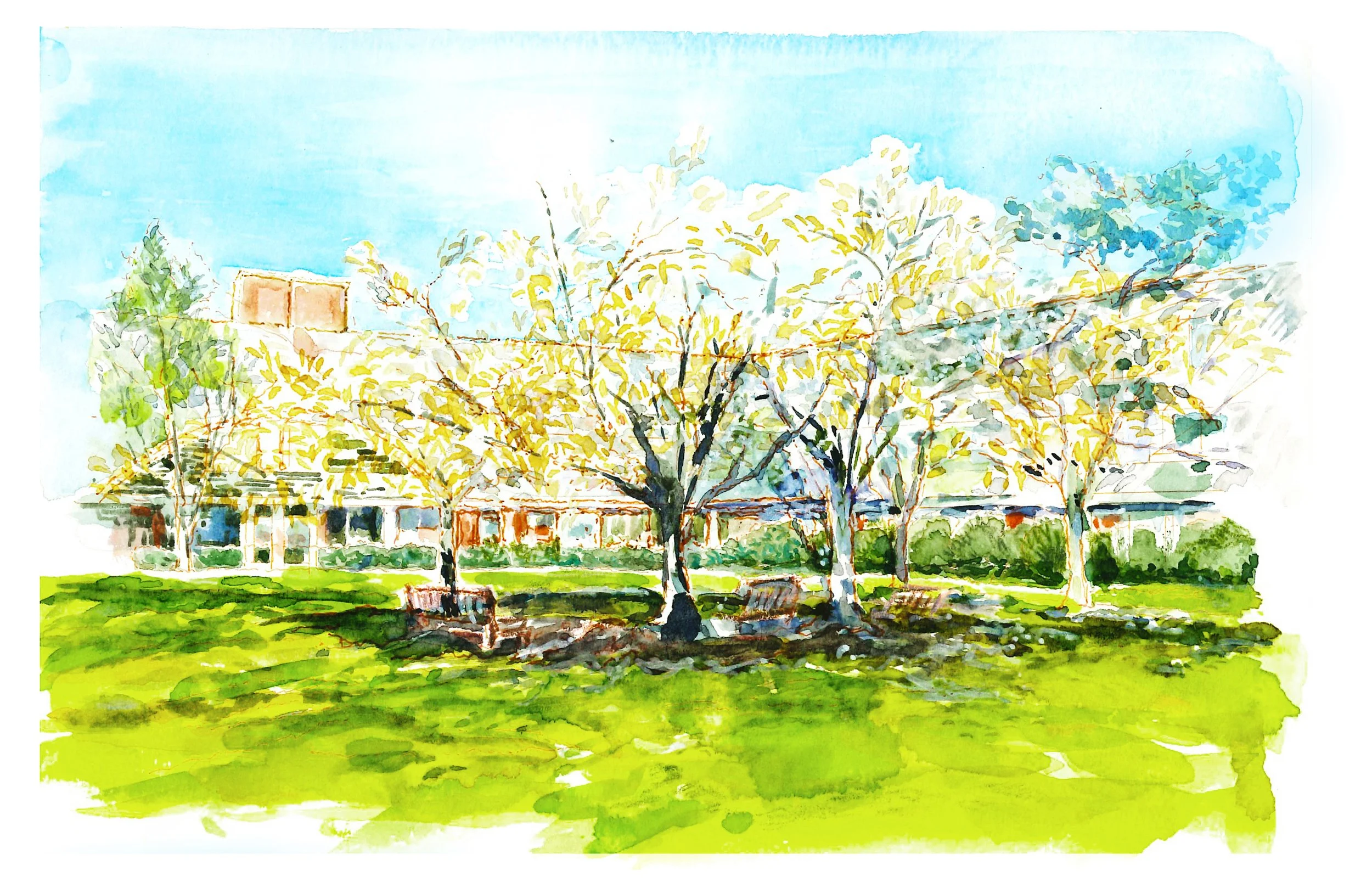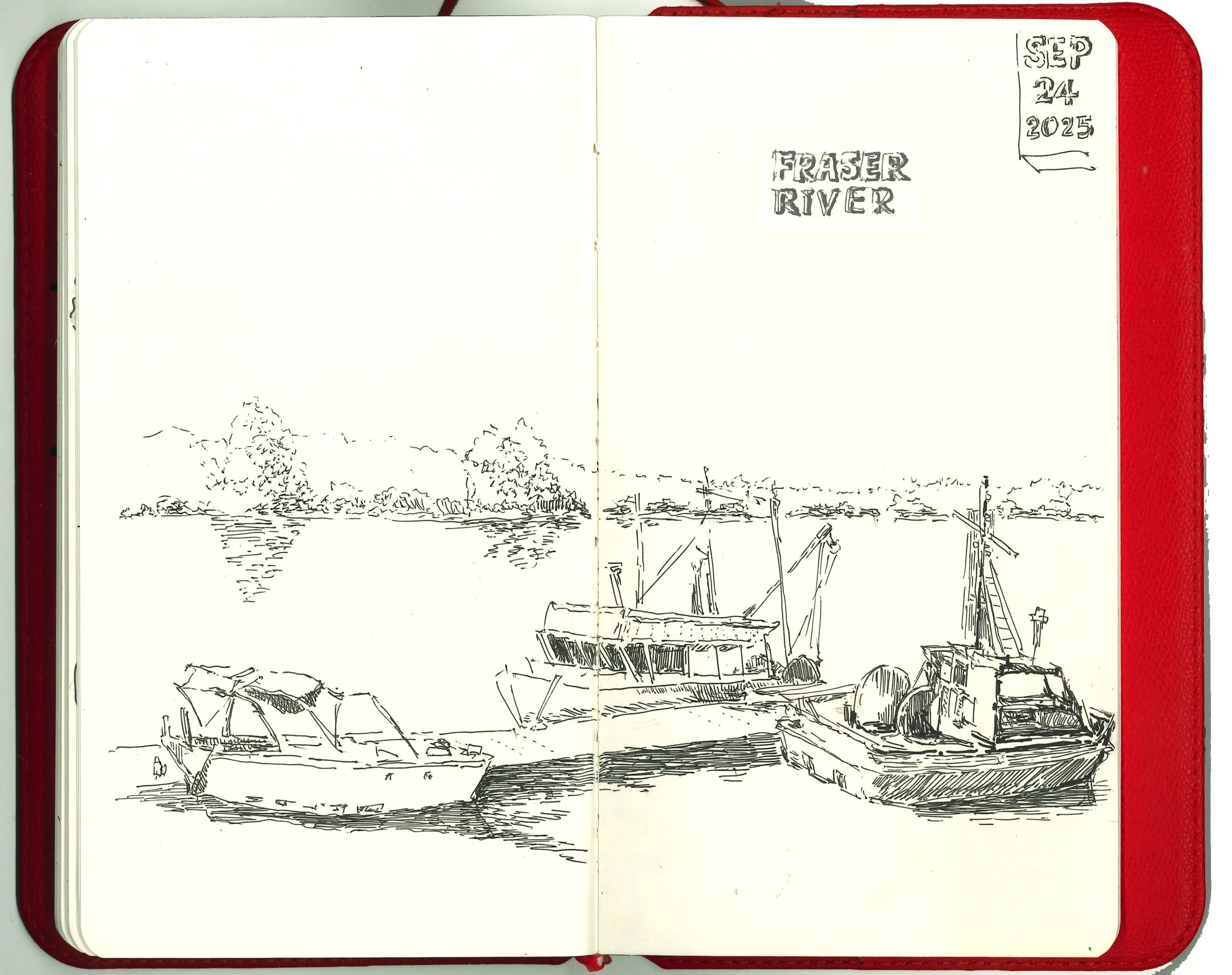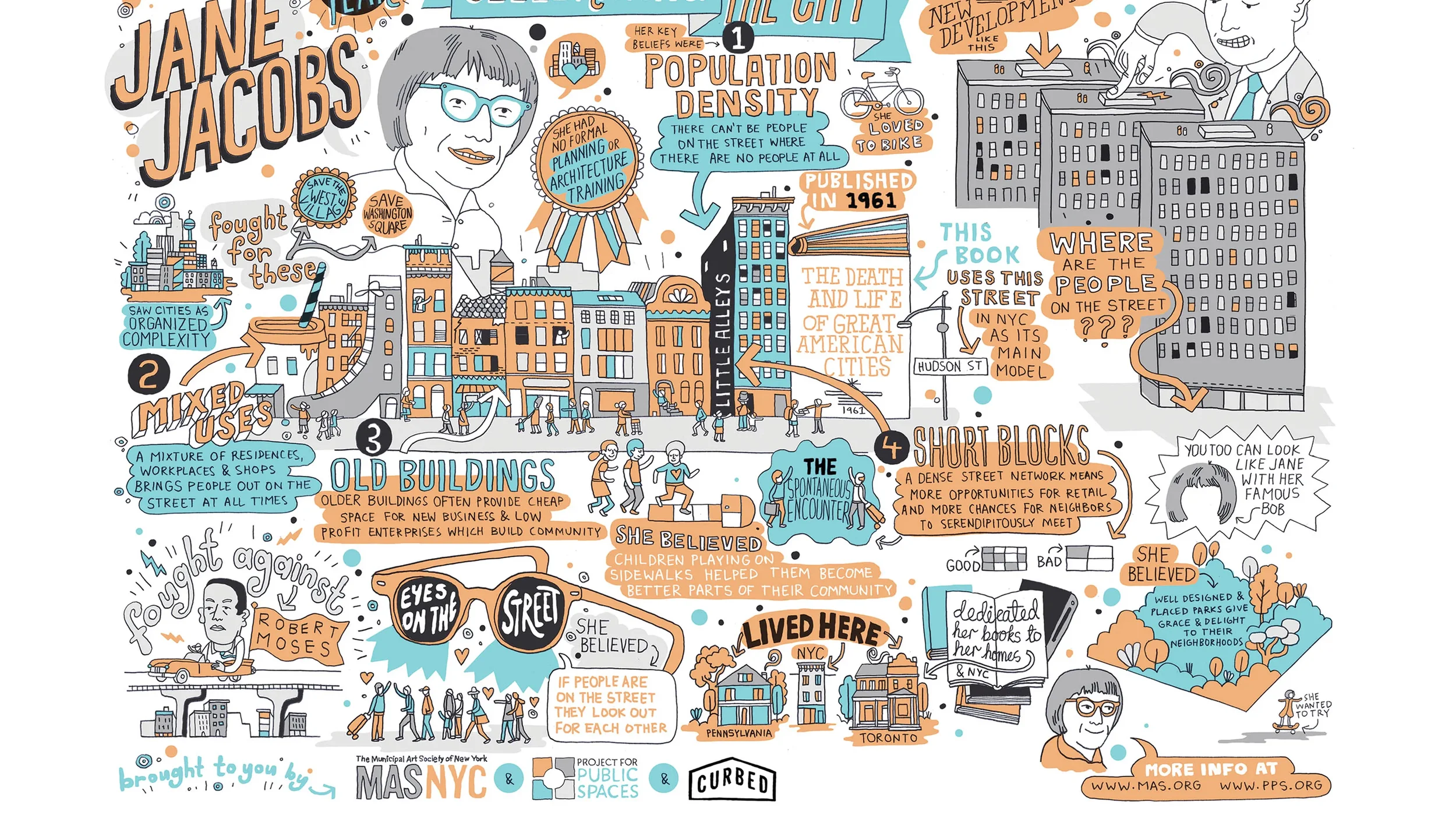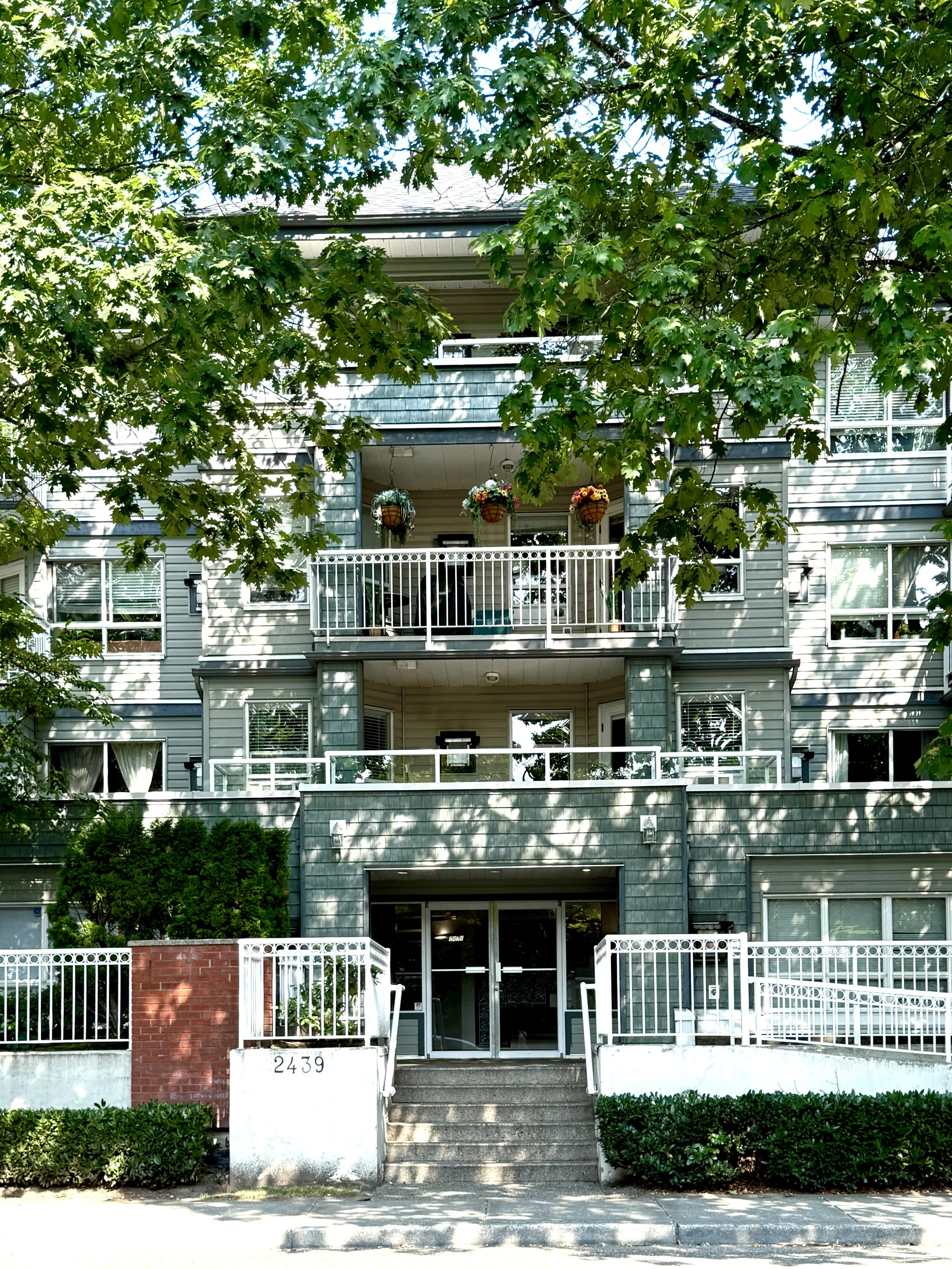Celebrate life at St. John’s College
This Wednesday evening, I visited downtown Vancouver for Dr. Yu’s photo exhibition, A Poetic Reflection of Nature’s Voice and Human Resilience in the 1990s.
I first met Dr. Yu at St. John’s College (SJC), UBC, back in 2012 when I was pursuing my doctorate. Dr. Yu was one of the founders of SJC — a unique graduate community that welcomes scholars, postdocs, and visiting fellows from around the world.
My three years at St. John’s College transformed my life; it became my home in Canada. I often think fondly of the Johannians — alumni of the original St. John’s University in Shanghai — many of whom are now in their late eighties and nineties. They are living legends, carrying the college’s history through their stories of war, migration, and resilience. Every conversation with them feels like touching a piece of living history.
If you’re a UBC alumnus or student, I highly recommend visiting this exhibition — a poetic and deeply human reflection on the passage of time and the endurance of spirit. Exhibition runs through October 31st.
Take a moment to celebrate life at St. John’s College — where drawing connects us to the beauty around us. I’d like to share with you, my friends, two small watercolor paintings from my sketchbook, inspired by moments at SJC.
My heartfelt thanks to my alumni friends Edgar Liao (SJC 2014–2019, now alumnus) and Joe Yang (SJC 2015-2021) for generously sharing their personal SJC photo collections that inspired these sketches.
St. John’s College Clocktower: The first sight that greets you when you arrive on campus.
SJC Courtyard: In cherry blossom season, it becomes one of the most beloved photo spots for UBC visitors. For many SJC residents, it holds deep memories and meaning.
It took me two years to fill a sketchbook
This weekend, I finally filled a sketchbook cover to cover. Every page is alive with sketches, and that simple act feels like such an accomplishment.
We all know the thrill of buying new art supplies, yet so often those beautiful journals sit untouched. For me, this one took two years—and in the last few weeks, I’ve been sketching almost three hours a day to bring it to life.
I’m 45, still full of energy most days, but the past few years haven’t been easy. When my husband became seriously ill, I stopped drawing, blogging, even reading. It took a long time to come back from that exhaustion. Somewhere along the way, I realized life isn’t about waiting for things to get better—it’s about how we choose to live each day.
For me, living creatively isn’t optional—it’s essential. Drawing with pen and watercolor is how I express myself, how I feel grounded. And now, I have no more excuses. I have a loving husband, a warm home, good work, and dear friends. It’s time to return to my art.
So I’ve decided: I will sketch every day. A sketchbook is more than paper—it’s a diary of small joys, fleeting moments, and the beauty hidden in ordinary days.
Here are some pages from the book I just filled.
Catching the Last Skim of Summer
Before the rainy season arrives, I’ve set myself a challenge: one quick sketch each lunch break. No colors—just shade, composition, and skylight. I give myself 30 minutes, then stop, no matter what.
This week, one sketch came from sitting under the trees in the cool shade. Another was drawn while standing on River Road, tracing the fishing boats.
As some of you know, I work as a planner with Katzie First Nation, so these places carry both personal and professional meaning for me.
If you’re curious about urban sketching, send me a message—I’d love some company over the next few days.
What Would Jane Think of PoCo?
It all begins with an idea.
If you’ve ever dipped a toe into urban planning, you’ve heard of Jane Jacobs. She’s the one who wrote The Death and Life of Great American Cities—a fiery critique of the “experts” who thought they were saving America’s cities but were really tearing them apart.
Her words hit a nerve. With wit and guts, Jacobs called out the high-rise builders and highway dreamers who bulldozed neighbourhoods without blinking. She wasn’t just an activist—she became the voice of the people who refused to be erased.
Communities loved her. Politicians feared her. Vogue even called her Queen Jane. Picture her: a white-haired woman in a dark skirt, with oversized bead necklaces, and radiating the confidence of someone who knew she was right.
Fast forward a few decades and a couple thousand miles from Manhattan. I’m sipping coffee at Waves in downtown Port Coquitlam, and I can’t help but wonder—what would Jane think of this little city I now call home?
PoCo isn’t New York, but it has the small-town heartbeat Jane adored. It’s approachable, neighbourly, alive. You’ll spot the regulars swapping stories with the barista, soccer parents rushing to practice, artists sketching in parks, and bakers pulling warm bread from the oven.
Art weaves through daily life here. There’s the Giggle Dam dinner theatre, where local comedians take the stage. The European Bakery and Deli—still run by the same East European family after 21 years—feels like the neighbourhood’s kitchen table. PoCo is small enough to feel like community, big enough to hold everybody.
And then there’s nature. We proudly call ourselves “the city of rivers and mountains”—and we mean it. Bears wander through town now and then, and nobody bats an eye. Birdwatching is practically a community sport. Seniors hang feeders outside their windows, and handcrafted birdhouses appear like little welcome signs for wildlife.
On the practical side, PoCo keeps it simple. City Hall runs lean (there’s only one planner on staff!) but things get done. We share services across the Tri-Cities, so taxes stay among the lowest in Metro Vancouver. And our Rec Centre? A gem—three hockey rinks, a two-level gym, yoga, spin, and a pool. For busy bees like me, it’s a lifesaver.
So what would Jane say?
She’d love our neighbourly spirit, the shops and sidewalks, the way people belong here. But she’d also push us forward, because she never handed out easy praise.
Downtown buzz. Our core is warm and friendly, but it winds down too early. My go-to pubs often close by 9 p.m. in summer, and even earlier in winter. Jane would nudge us toward more late-night cafés, music, and street life.
Getting around. Parts of downtown are lovely to walk, but PoCo is still pretty car-dependent. A friend’s homecare worker often spends half an hour on the bus from Coquitlam Centre—too long for such a short distance. Transit is a regional puzzle, but Jane would insist we find ways to make connections easier.
Home for everyone. Compared to our neighbours, PoCo is still affordable—but that can change fast. Jane would remind us to protect that balance. I was glad when my housekeeper’s family found a home in a new apartment at Westminster Junction. That’s the kind of housing that keeps PoCo welcoming—for the workers, caregivers, and dreamers who enrich our daily lives.
Here in PoCo, I see people, place, and a place for people. Modest, but real. Neighbourly. Alive. And maybe, just maybe, the kind of city Jane would have quietly adored.
Bei, a proud PoCo resident
Bee curious. Bee creative. Bee you
It all begins with an idea.
By day, I work as an urban planner.
By night, I slow down in Port Coquitlam, savoring a simple life with my husband.
It all started with a gift. For my friend’s birthday, I made a coloured-pencil drawing from her summer trip to France. She told me it was the most special gift she had ever received.
That moment, like a splash of water to my face, I realized something: I had helped her turn a fleeting memory into lasting art. Now, that drawing hangs in her living room, ready to be passed down to her children, forever crowning her milestone birthday.
That experience shaped the way I see art.
Art should feel possible.
We often say every child is born an artist, yet art doesn’t always feel approachable.
I want to change that—by making hand-drawn art accessible, personal, and deeply connected to the stories we hold.
Our Apartment Building at Port Coquitlam
Curiosity has been my compass.
Back in 2017, while completing my doctorate, I started a blog on WeChat called Urbanist Vancouver. Over time, it grew into thousands of subscribers, 300+ posts, and countless stories. It became a steady companion through my long, zigzag journey of writing a dissertation—a friend that listened when I felt lost or tired, and one that celebrated every small breakthroughs along the way. I was fortunate to cross the finish line.
Today, I work proudly with Indigenous communities in BC, helping First Nations strengthen their voice through land planning and development.
Now I’m opening a new chapter.
This blog will be a place to share art, stories, and inspiration with a wider circle.
And that circle includes you.
Thank you for being here.
Let’s grow something creative together.
Bei, from Downtown PoCo, BC


